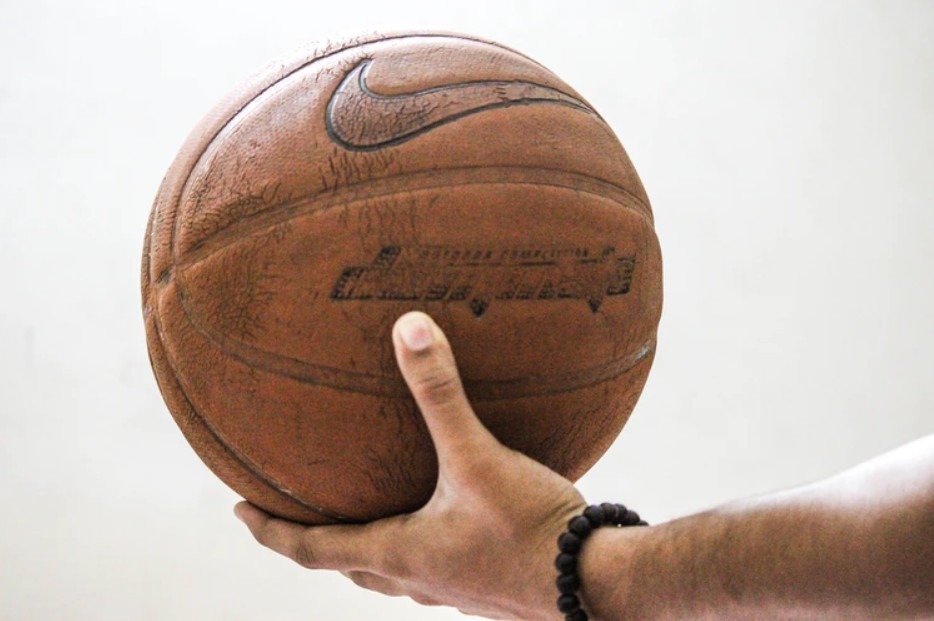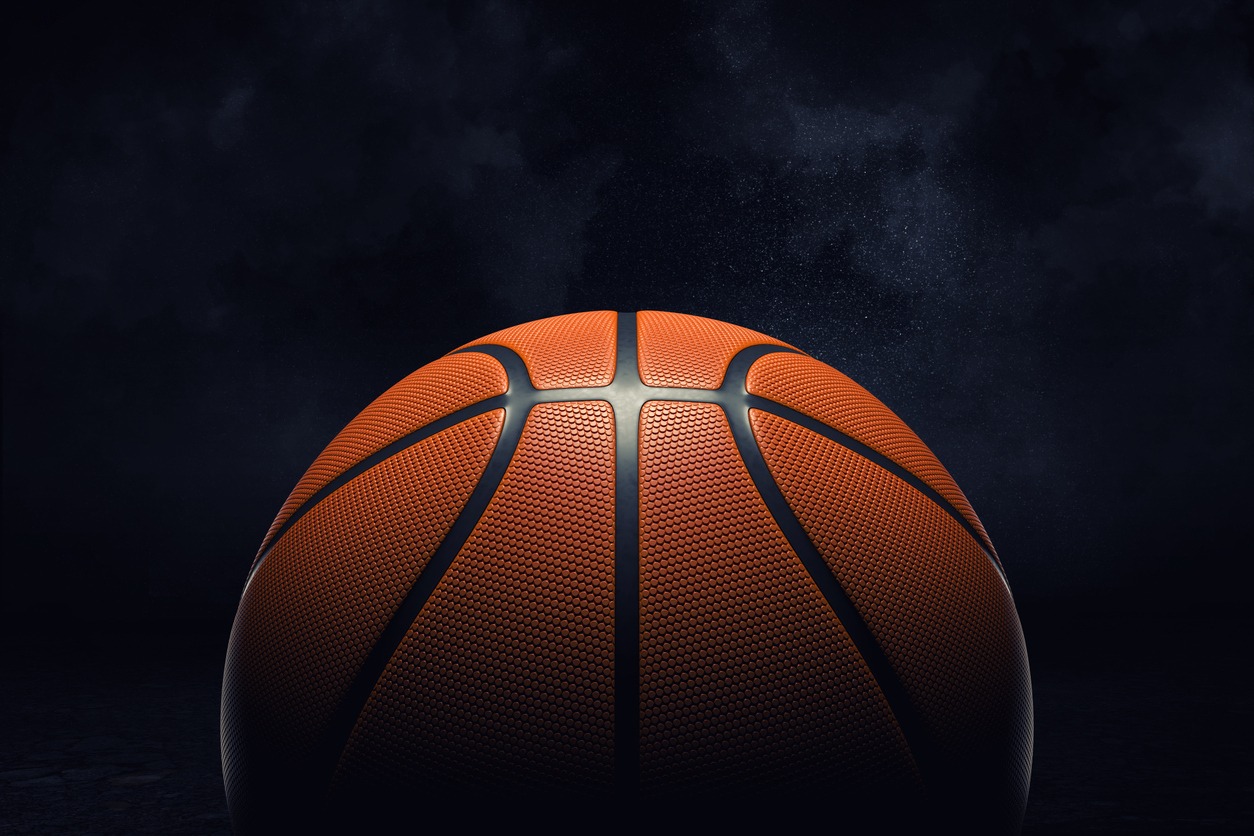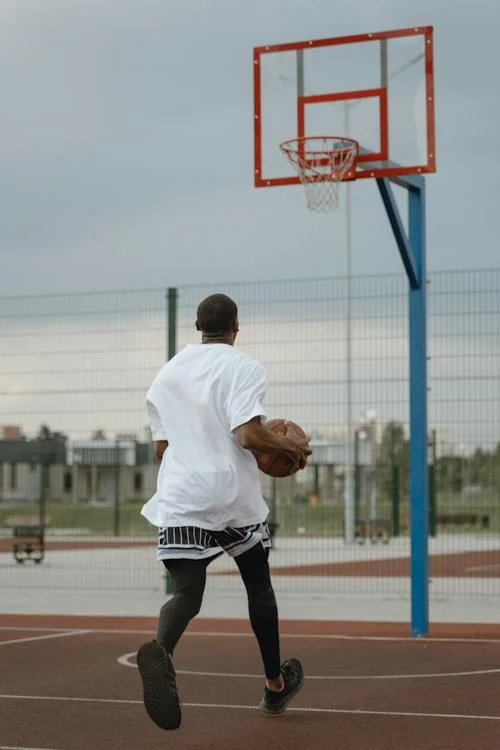How To Treat A Jammed Finger From Basketball

Having a jammed finger is a common injury in basketball. If you're playing the sport, chances are it may have already happened to you, whether after trying to steal a ball, after a rebound, or during dribbling. It occurs when the ball hits or strikes the hit of your finger, causing extreme pain and often sidelining you from the game. Whenever you sustain a jammed finger, you need to administer treatment the soonest time possible. Read on and discover below all you need to know about jammed fingers.
What is a Jammed Finger?
Jammed fingers occur not only in basketball but in all other sports, such as in volleyball when blocking a powerful spike or in football, if you suffer from a nasty fall.
When the ball awkwardly hits the fingertip, it compresses the finger onto the joints or knuckles, causing the ligaments to be sprained or stretched out. The greater the impact, the more serious the injury. If the force is too intense, it can even cause a complete tear of the ligament, dislocation, or fracture.
When to Get Medical Treatment for a Jammed Finger
Whether or not to see a doctor for medical treatment depends on the gravity of the symptoms. If you're in extreme pain, can't bend or straighten your finger, or there's a limited range of motion, you should seek medical care right away.
These symptoms imply that they might be fractures, partial dislocation, or ruptured tendons. If the finger is visibly crooked or dislocated, never attempt to re-align it. Your finger might have been broken, which needs more serious medical attention.
When those happen, the doctor will do a thorough physical examination to check the swelling, pain levels, finger position, and range of movement. He or she may also require an X-ray, MRI, or CT scan to assess the injury’s extent further.
Fortunately, injuries tend to be less severe in the majority of cases. If the pain is manageable, there's only slight swelling and stiffness, and the finger generally looks okay, seeking help from a doctor may not be necessary and you can treat a jammed finger on your own.
Treating a Jammed Finger at Home
If your injury is not severe, you can certainly manage it at home. Treatment measures typically revolve around alleviating the swelling and pain as the trauma heals. The process typically follows the popular "RICE" method, which includes resting, icing, compressing, and elevating the injury.
Rest.
Rest the affected finger to prevent further injury. Take a break from rigorous daily activities and sports that may reinjure the finger, delaying the healing process or aggravating the damage.
Ice.
Ice the jammed finger for 5-15 minutes every few hours. It helps in dulling the pain and reducing the inflammation. Applying a cold pack is best, but soaking your finger in ice-cold water can work as an alternative. Wrap the cold pack in a cloth before laying it against the injured finger.
Compression.
In some cases, immobilizing the finger may be needed to further stabilize the joint and help it heal. This can be done with a finger splint or by employing "buddy taping," which entails taping the injured finger to the healthy neighboring finger for added support.
Elevate.
Raise the finger above the chest level. It works by draining blood and fluid back to the heart. Thus, decreasing the blood pressure to the affected ligaments and reducing inflammation.
While the pain is often manageable, some people may have a lower tolerance for the discomfort. With that, OTC medications may still be taken if needed. It is advisable to opt for one that works both on reducing pain and swelling. For instance, acetaminophen is an excellent painkiller, but naproxen and ibuprofen relieve inflammation and sensation, making them better choices. Always follow the guidelines and dosage instructions of your chosen medicine.
Continue resting and icing the injured finger until the pain and inflammation recede. By then, you can start reconditioning the finger and bringing it back to shape. Do some exercises, such as squeezing a stress ball, bending your fingers back and forth, or making a fist.
These stretching exercises will encourage more blood flow in the area, contributing to full recovery. Moreover, it will help bring back the suppleness of the ligaments, which have been suppressed during the resting and recovery period.
Only do this if you experience minimal pain. Don't overextend the finger if it causes too much pain, as it can slow down the healing process. Recovery usually takes a few weeks and even months, depending on the seriousness of the injury. In most cases, little icing, rest, and time are only needed for the finger to fully recover.
Can You Play Basketball When You Have A Jammed Finger?
Truth to be told, you may step on the court and play hoops after getting a jammed finger. The genuine concern is if it's advisable to do so. If you insist on playing, you can use the same "buddy taping" method to provide stability on the injured finger. However, expect to experience pain whenever the ball makes contact with the injured finger. As a result, it can affect your ball handling, passing, and shooting skills. Moreover, you will risk further damage to the affected finger if another freak accident happens.
The best choice is to rest the jammed finger for a couple of days or weeks and follow the treatment process. Doing so will not only protect the finger but will also help heal it a bit faster. That way, you could return to the court healthier than ever. After all, it is best to play the sport when you're at 100%.




